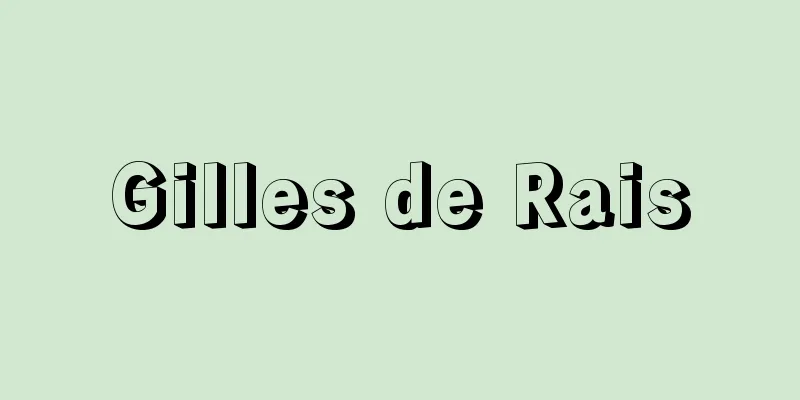Monkey and Crab Battle - Monkey and Crab Battle

|
A folktale. One of the animal folktales that has as its theme conflicts between animals. A monkey and a crab go out. The monkey picks up a persimmon seed and the crab picks up a rice ball. The monkey trades the persimmon seed for the rice ball and eats it. The crab sows the persimmon seeds. The persimmon tree grows and the fruit ripens. The crab asks the monkey to pick them for him. The monkey eats the ripe fruit himself and throws the green fruit at the crab, killing him. The crab's child takes millet dumplings and goes to take revenge. On the way, chestnuts and other animals are given dumplings and come to the crab's aid. When they arrive at the monkey's house, the chestnuts and other animals are placed in their places. When the monkey returns and stands by the hearth, the chestnuts burst and burn him. When he goes to the water jar to put water in it, a bee stings him. As he tries to escape, he slips on cow dung and is crushed by a mortar that falls from the gate. It is one of the five great old tales from the Edo period, and appears in many documents, such as the Akahon's "The Monkey and the Crab Battle." Even after the Meiji period, it has been widely loved in picture books and reading material, but there are known old tales that have been significantly altered. In many cases, the first part of the story is "The Monkey and the Crab Gather Together," in which the monkey and the crab work together to grow rice. In this story, the monkey does not cooperate, and the rice ripens and is pounded into rice cakes, and the monkey runs away by himself. This folktale consists of two parts, the first part is about "the animals' competition for distribution" and the second part is about "the traveling animals." "The animals' competition for distribution" is an important part of animal folktales, and there are many notable examples of this type of chain tale distributed in Southeast Asia. This first part is probably an example of such a chain tale. The first part of "Kachikachi Mountain" seems to have evolved from this type of chain tale. The second part, "the traveling animals," is a folktale that is also common in Europe, such as the story "The Bremen Town Musicians" in the Brothers Grimm's collection of folktales. "The Sparrow's Revenge," a slightly different story from "The Monkey and the Crab Battle," in which a small bird whose eggs have been stolen avenges itself with the help of its friends, is found not only in Japan, but also in the ancient Indian Panchatantra and mainland China. Stories of "the traveling animals" that take the form of a fighting team of animals, such as "The Monkey and the Crab Battle," are common among the indigenous peoples of East Asia and North America. The format of the story in which animals cooperate with the main character is exactly the same as that of "Momotaro," and in the latter part of "The Monkey and the Crab Battle," elements from "Momotaro" such as millet dumplings also appear. No other folk tales with a complex form like "The Monkey and the Crab Battle" are known abroad. It is likely a folk tale that developed in Japan through a complex process. [Yo Kojima] Source: Shogakukan Encyclopedia Nipponica About Encyclopedia Nipponica Information | Legend |
|
昔話。動物どうしの葛藤(かっとう)を主題にした動物昔話の一つ。猿と蟹が出かける。猿は柿(かき)の種を、蟹は握り飯を拾う。猿は柿の種と交換して握り飯を得て食べる。蟹は柿の種を播(ま)く。柿の木は成長し、実が熟す。蟹が猿に取ってくれるように頼む。猿は熟した実は自分で食べ、青い実を蟹に投げ付けて殺す。蟹の子供が黍(きび)団子を持って、仇討(あだうち)に行く。途中、栗(くり)の実などが団子をもらって蟹の加勢をする。猿の家に着くと栗の実などは部署につく。猿が帰ってきて炉にあたると、栗の実がはぜて火傷(やけど)を負わせる。水をつけようと水甕(みずがめ)に行くと蜂(はち)が刺す。逃げようとすると、牛の糞(くそ)で滑り、門の上から落ちてきた臼(うす)につぶされる。 江戸時代の五大昔話の一つで、赤本の『さるかに合戦』など多くの文献にみえている。明治以後も、絵本や読み物で広く親しまれているが、昔話では、かなり変化した類話が知られている。前段が猿と蟹が共同で稲をつくる「猿と蟹の寄り合い田」になっている例も多い。猿が協力せず、稲が実り餅(もち)に搗(つ)くと、猿は1人で持って逃げる話である。 この昔話は2段からなり、前段は「動物の分配競争」であり、後段は「旅する動物」である。「動物の分配競争」は動物昔話の重要な部分をなしており、連鎖譚(たん)として東南アジアには顕著な例が分布している。この前段もおそらくそうした連鎖譚の一例であろう。「かちかち山」の前段も、この種の連鎖譚からの分化らしい。後段の「旅する動物」は、グリム兄弟の昔話集の「ブレーメンの音楽隊」の話など、ヨーロッパにも多い昔話である。「猿蟹合戦」とはやや異なった、卵を盗まれた小鳥が、仲間の協力で仇を討つ「雀(すずめ)の仇討」は、日本のほか、類話が古代インドの『パンチャタントラ』や中国大陸にもある。「猿蟹合戦」のように、動物の戦闘隊の型をとる「旅する動物」の類話は、東アジアから北アメリカの先住民に多い。主人公に動物などが協力するという型は、「桃太郎」の骨子とまったく同じで、「猿蟹合戦」の後段には、黍団子など「桃太郎」の要素との交流も現れている。外国には「猿蟹合戦」のような複合形態の昔話は知られていない。日本で複合して発達した昔話であろう。 [小島瓔] 出典 小学館 日本大百科全書(ニッポニカ)日本大百科全書(ニッポニカ)について 情報 | 凡例 |
<<: Al-Zarqāl (English spelling)
>>: Sargasso Sea - Sargasso Sea
Recommend
Bloodhound [species] (English spelling)
A police dog that originated in the UK. The name o...
Local silver
A land tax in the Qing dynasty of China. It is al...
Error correction
A method of detecting and automatically correctin...
Silk screen printing - Silk screen insatsu (English spelling) silk-screen printing
A type of stencil printing. It is also called silk...
Oarai Isosaki Shrine
The shrine is located in Isohama-cho, Oarai-machi...
Escola, PE - Escola
…Then the mainstream of petrology shifted from de...
Anami-sama - Annamiyou
…According to the literature, his last work was t...
Ageo Pass
...Because of the scarcity of arable land, timber...
tale of ratiocination
… In Japan before World War II, the term “detecti...
Charles V
1337‐80 The third king of France in the Valois dyn...
Cervus hortulorum yesoensis
… Deer [Imaizumi Tadaaki]. . . *Some of the termi...
Social control
It refers to the totality of all the measures and...
ETA (Ethnic Democratic Party)
...On the other hand, the restoration of the core...
Rodez (English spelling)
The capital of Aveyron department in southwestern ...
Softwood
…90% of the xylem of coniferous wood is made up o...




![Fukuno [town] - Fukuno](/upload/images/67ccb0af0e9dc.webp)




